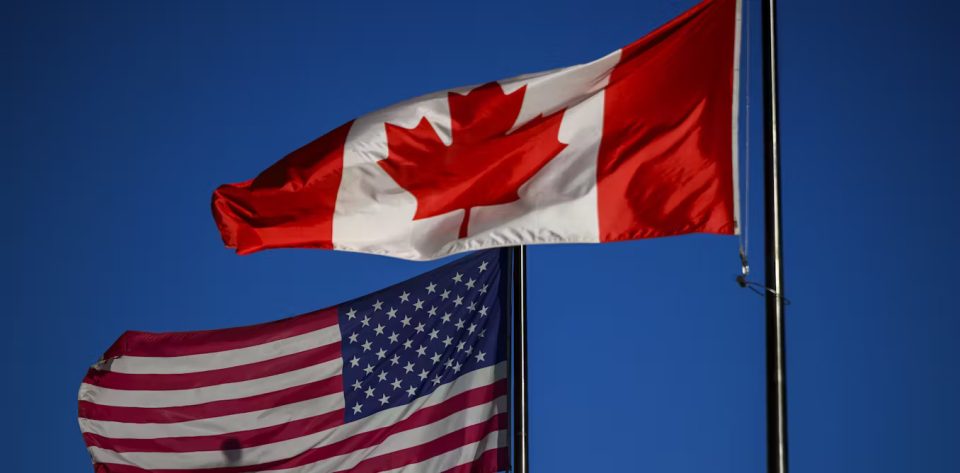President Donald Trump has reignited tensions with America’s northern neighbor, announcing on Thursday that the United States will impose a 35% tariff on all Canadian imports starting August 1. The move, which Trump unveiled in a letter to Canadian Prime Minister Mark Carney, marks a sharp escalation in the ongoing trade standoff between the two countries. The president pointed to Canada’s alleged failure to stem the flow of fentanyl into the United States as a key reason for the new tariff, while also expressing frustration over Ottawa’s retaliatory duties on American goods.
Trump’s announcement comes at a time when the U.S. and Canada are already locked in contentious negotiations over a new trade agreement. The president’s letter, shared on his social media platform, accused Canada of not doing enough to address the fentanyl crisis, which he described as a national emergency. Trump also complained about Canada’s “extraordinary” tariffs on American dairy products and warned that any further retaliatory measures from Ottawa would be met with even higher tariffs on Canadian goods.
The White House has not clarified whether the new 35% tariff will apply to all Canadian imports or if certain goods will be exempt, as was the case with previous tariffs. Earlier this year, the Trump administration imposed a 25% tariff on Canadian steel, automobiles, and other goods not covered by the U.S.-Mexico-Canada Agreement, while Canadian energy imports faced a reduced 10% tariff. The new tariff is distinct from those sector-specific measures, raising concerns among Canadian exporters who rely heavily on access to the American market.
Canada, for its part, has responded with a mix of defiance and diplomacy. Prime Minister Mark Carney, who took office in April, has emphasized his government’s efforts to combat the fentanyl crisis and strengthen Canada’s trading relationships around the world. In a statement posted on X, Carney said, “Canada has made vital progress to stop the scourge of fentanyl in North America. We are committed to continuing to work with the United States to protect lives and the well-being of our communities”. Carney also noted that Canada remains dedicated to defending its workers and businesses as the August 1 deadline approaches.
The fentanyl issue has become a flashpoint in U.S.-Canada relations. Trump has repeatedly accused Canada of failing to prevent the drug from entering the United States, although data from U.S. Customs and Border Protection suggests that less than 1% of fentanyl seized at U.S. land borders in 2024 originated from Canada. Canadian officials have highlighted their nearly $950 million initiative to enhance border security and the appointment of a “Fentanyl Czar” to focus on the crisis, but the Trump administration has not specified what further actions it expects from Ottawa.
Trade experts warn that the 35% tariff could have significant economic consequences for both countries. Canada exports roughly 75% of its goods to the United States, making the American market critical for Canadian industries, especially in automobiles, metals, and agriculture. The new tariff threatens to disrupt supply chains, raise prices for consumers, and create uncertainty for businesses on both sides of the border.
Trump’s approach to trade with Canada has been marked by frequent shifts in rhetoric and policy. He has cited the U.S. trade deficit with Canada, high Canadian tariffs on American dairy, and now the fentanyl crisis as justifications for his actions. In late June, Canada withdrew a proposed digital services tax targeting large U.S. tech companies after Trump threatened to terminate trade negotiations, signaling that both sides are willing to make concessions but remain far apart on key issues.
As the August 1 deadline looms, the prospect of a full-blown trade war between the U.S. and Canada has become more real. The situation remains fluid, with both leaders leaving the door open to further negotiations. For now, businesses and consumers on both sides of the border are bracing for the impact of yet another round of tariffs, as political leaders grapple with the intertwined challenges of trade, public health, and diplomacy.

